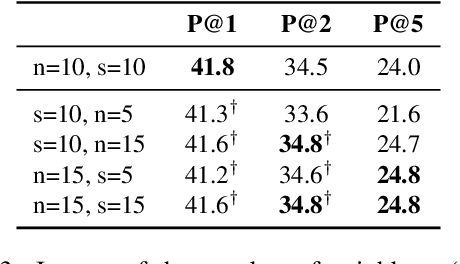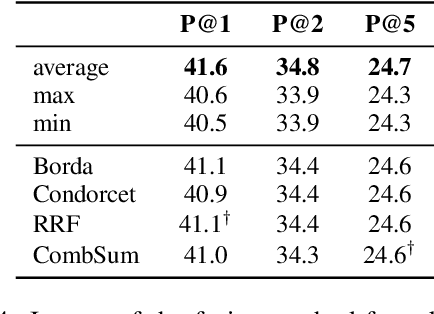Using Distributional Principles for the Semantic Study of Contextual Language Models
Paper and Code
Nov 23, 2021



Many studies were recently done for investigating the properties of contextual language models but surprisingly, only a few of them consider the properties of these models in terms of semantic similarity. In this article, we first focus on these properties for English by exploiting the distributional principle of substitution as a probing mechanism in the controlled context of SemCor and WordNet paradigmatic relations. Then, we propose to adapt the same method to a more open setting for characterizing the differences between static and contextual language models.
* PACLIC 35
 Add to Chrome
Add to Chrome Add to Firefox
Add to Firefox Add to Edge
Add to Edge